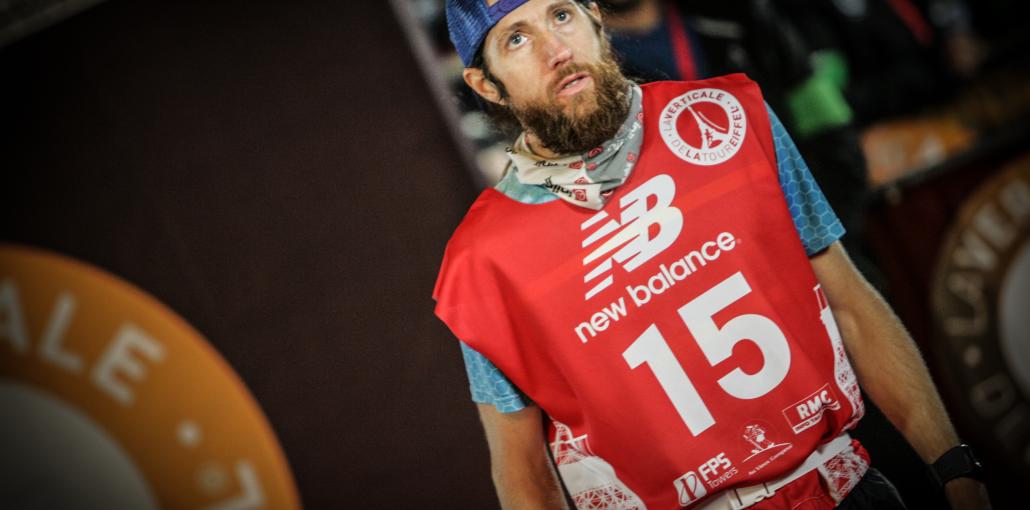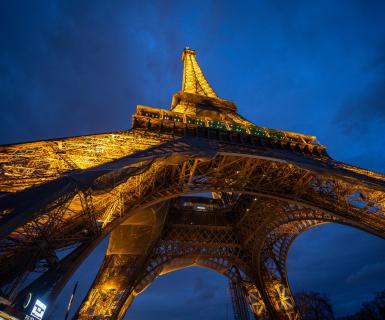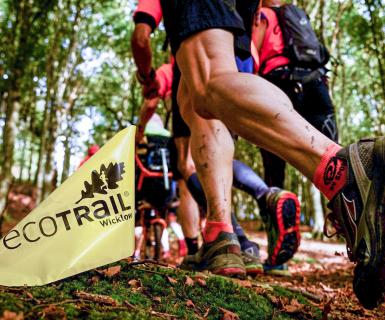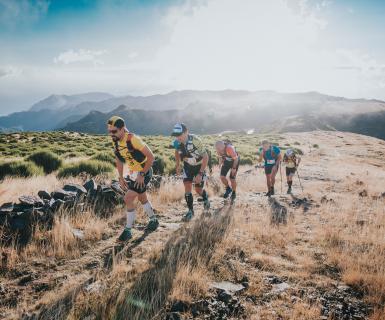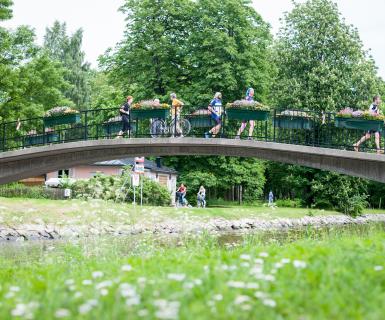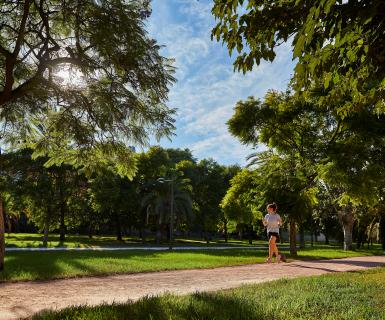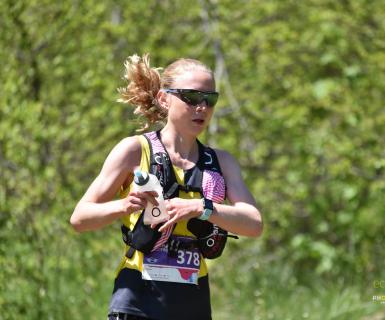From the second stage to the top it’s very very tough as there are many stairs in a row before you make a turn and I very quickly started suffering. The lactic in my legs was tough and it was a big struggle to keep climbing. I definitely had to push through the pain to continue." (Suzy WALSHAM, Australia, Female Winner)
How does the body react during to the ascent ?
Climbing up the 1665 steps of the Eiffel Tower is a true physical prowess. The body has to deliver a huge effort on a relatively long period of time (from 7’48 for the best to 20 minutes for the least fast). You also have to add the effects of ascent on the brain, the feeling of height, the stress etc. Athletes from previous editions give their impressions on the Eiffel Tower Vertical®.
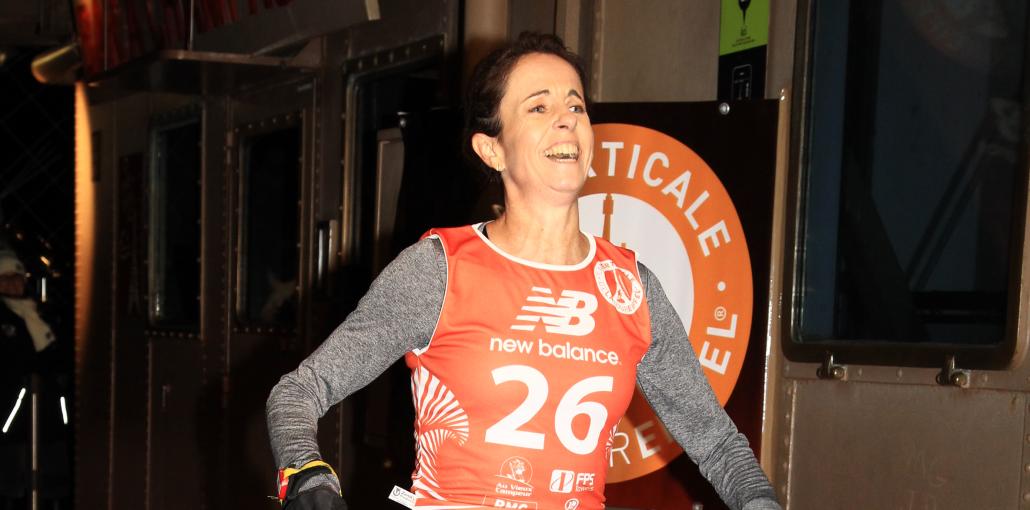
« At the first check point, I could smile and give "high fives". On the second level I began to feel increasing exhausted, but this is not yet the pain. Only after the first half of the race begins the real struggle and suffering. Muscles begin to ache, lungs are burning, and the heart rate reaches the maximum.» (Piotr LOBODZINSKI, Poland, Male Winner)
« My goal was to do two steps at a time until I couldn't but never to walk and as I ran across to the second stair well I could feel my legs fatiguing and I knew that two steps at a time would be a challenge but I keep pushing. My other goal was to try and catch up to the person in front of me and not get caught by the person behind me as we started in 1 min increments. I achieved that goal but about half way up the second stairway I was reduced to running only 1 step at a time and that slowed me but still I pushed on. By running 1 step at a time for 60 seconds I was able to recover and go back to 2 steps. I could feel my breathing and my heart was in my throat but I keep pushing and even peaked a look out at Paris. It was magnificent. That buoyed me and as I came to the final winding stair case I knew I would achieve my goal for running the whole way » (Michael WARDIAN, USA, Elite Athlete)
